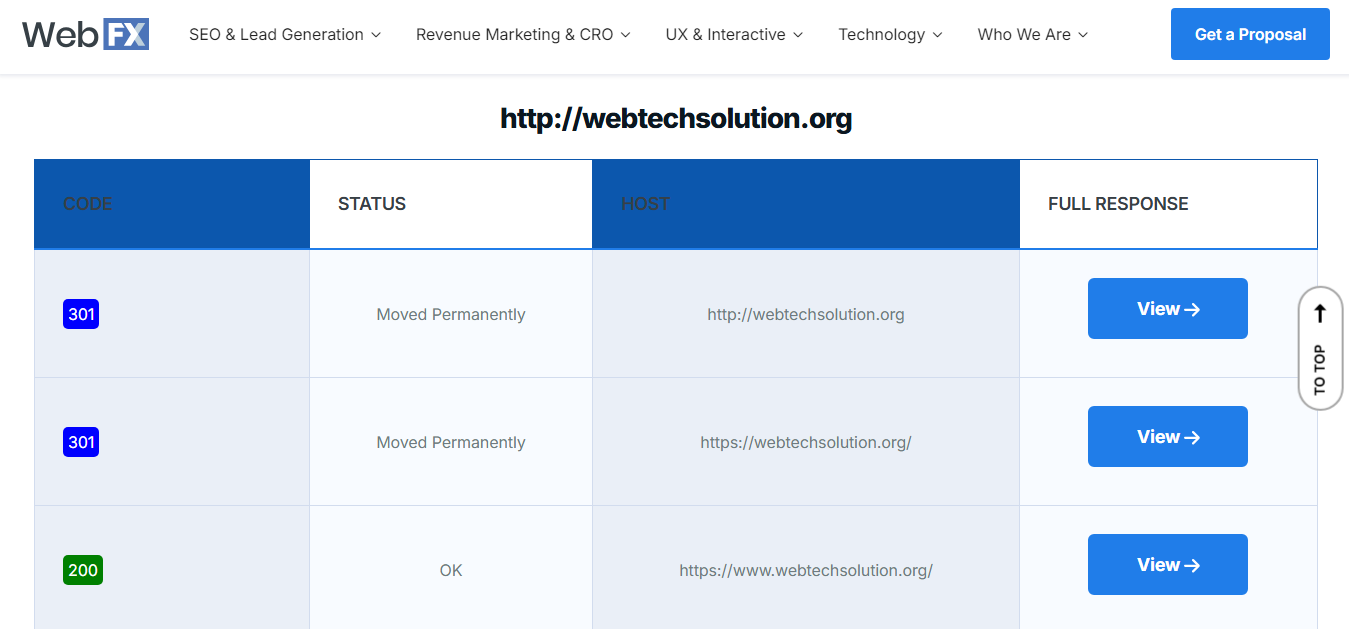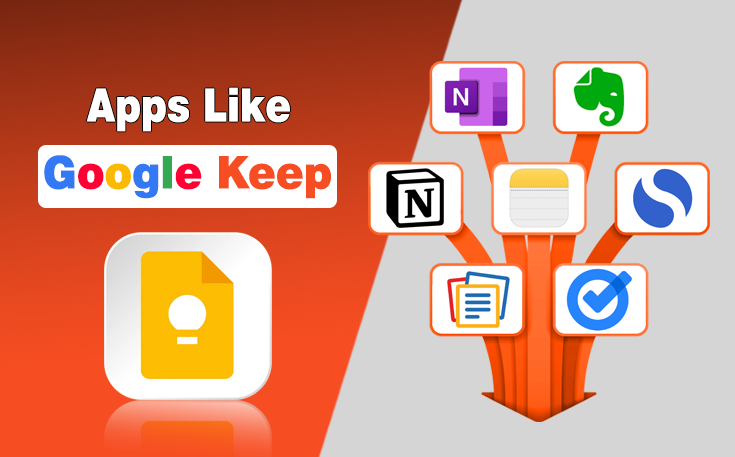Search Engine Optimization holds the primary position along with content marketing in improving the authority and ranking of a site. While both on-page and off-page SEO hold their importance, Technical SEO is something that is really considered an underdog in this regard. However, the truth, it plays a huge role in this modern saturated world.
Beginners usually struggle to enhance the technical aspects of their site due to a lack of guidance and proper information.
But now, there is nothing to worry about as I am here with this guide exclusively designed for beginners. You can find a step by step guide to improve the technical SEO of your site.
What is Technical SEO?
Technical SEO is a key White Hat SEO technique which is defined as the tactics that can help you optimize the infrastructure of your website to help search engines crawl it easily. Moreover, search engines like Google can interpret the content of your site quite efficiently and index it to appear in the search engine results pages.
This SEO aspect features a wide range of practices that ensure your website meets the technical requirements of search engines by making it technically sound and properly optimized.
Benefits of Technical SEO
The following points will provide you with a short overview of the benefits Technical SEO can bring to your site.
- Improved Crawling and Indexing: Ensures search engines can find and understand your content.
- Better User Experience: Enhances website performance and usability.
- Higher Search Rankings: Contributes to better visibility and higher rankings on SERPs.
Why Technical SEO is Important?
I have been doing SEO for a long. Previously, Google and other search engines do not focus on Technical SEO and rank sites based on content. Nevertheless, with time, the search engine has started focusing on this aspect as well.
Now, only the sites that are technically sound can get into the rankings. In addition, these sites must possess SEO friendly content and have a good backlink profile to rank higher in the SERP.
Thus, it is now clear that you have to focus on the following mentioned areas:
- On-Page SEO
- Off-Page SEO
- Quality Content Writing
- Technical SEO
Key Elements of Technical SEO
In the under section, I have mentioned the key elements of Technical SEO that you have to focus on. In this way, you can maximize your chances of getting ranked in the search engine results pages.
1 – Website Structure and Navigation
The structure of the website helps search engines understand the relationship between different pages present on it. Therefore, you have to make sure to create a hierarchy to let crawlers get insights into a clear and logical structure of your site.
The following tactics can help you in this regard:
- Hierarchical Design: You should organize content in a hierarchy. It looks like “Home > Category > Sub-category > Page.”

- Breadcrumb Navigation: Implement breadcrumb trails to improve navigation and user experience as shown in the image below (highlighted by box).

2 – Internal Linking
Internal linking is an on-page SEO tactic that can help you connect one page of your site to another. In this way, you can direct search engines as well as users to navigate your site quite effortlessly. It is one of the key ways to boost the SEO ranking of your website.
While linking the relevant articles is necessary, you have to follow the natural method. Otherwise, improper internal linking can do the harm to your website ranking.
The undermentioned Technical SEO tactics are important to consider.
- Anchor Text: Use descriptive anchor text for internal links. The users and crawlers should understand the concept of the page or article you have linked.
- Link Depth: Ensure important pages are not more than three clicks away from the homepage.
3 – Website Speed and Mobile Optimization
The page speed of your site plays a key role in determining the user experience as well as your search rankings. Similarly, the rise in the usage rate of mobile devices has made it necessary to optimize the pages to accommodate screens of all sizes.
You can follow the under mentioned practices for this purpose:
- Minify CSS and HTML: It will ultimately reduce the file sizes. Hence, the loading time will be improved.
- Enable Compression: You can use GZIP compression to reduce the size of files sent from the server.
- Optimize Images: Next, you should compress images without losing quality. It is an Image SEO tactic that can positively impact the loading time.
- Responsive Design: Use responsive design techniques to ensure your site adapts to various screen sizes. Also, a proper content structure plays a massive role here.
- Accelerated Mobile Pages (AMP): While AMPs are not that essential ranking factor, they can still improve the mobile friendliness of your site and loading time.
4 – Crawling and Indexing
Crawling and indexing are two of the significant factors of Technical SEO. Crawling is generally the search engine effort to understand your content. On the other hand, indexing is the appearance of your page in the SERP.
Some tactics that can help you optimize the indexing of your website in the search engine results pages alongside removing the crawl errors are the following.
Robots.txt
The robots.txt file provides instructions to search engine crawlers about which pages they can or cannot crawl.
- Create a Robots.txt File: Specify rules to control crawling behavior.
- Block Unnecessary Pages: Prevent search engines from crawling irrelevant pages (e.g., admin pages).
XML Sitemaps
An XML sitemap is a file that lists all the pages on your website. It helps search engines find and index your content.
- Generate an XML Sitemap: Use tools to generate a sitemap automatically.
- Submit to Search Engines: Submit your sitemap to search engines like Google and Bing.
5 – URL Structure
URL structure also comes under the technical SEO aspects. You have to create URLs that are not only descriptive but also easy to read and remember. It would be best if you keep the URLs concise to 3-5 words and relevant to the articles only.
Moreover, the use of hyphens is a good strategy as it improves readability. Now, a problem here is that sometimes, the URLs can be duplicated. Under such a situation, the use of canonical URLs can help you prevent duplicate content issues.
- Canonical URLs specify the preferred version of your webpage.
- You can use the rel=”canonical” to indicate which is the original page version.
You can directly contact us for these Technical SEO services to structure the URLs of your site.
6 – HTTPS and Security
In this modern world, website security is the top priority as it delivers a safe experience to the users. An SSL certificate guarantees a secure connection between the user and the servers where you have stored your site’s data.
This certificate will provide HTTPS security that guarantees the safety of the users’ data and privacy when they visit your site. Thus, it will enhance your trustworthiness.
The steps below can assist you in this regard.
- Purchase an SSL Certificate: Obtain an SSL certificate from a trusted provider.
- Install and Configure: Install the certificate on your server and configure your website to use HTTPS.
- Redirect HTTP to HTTPS: Set up 301 redirects from HTTP to HTTPS.
- Update Links: Ensure all internal links point to the HTTPS version of your pages.
Choose the Preferred Site Version
Now, you have to make sure that your site is redirecting to one preferred version.
Generally, there are 4 different versions of a website.
- http://example.com
- http://www.example.com
- https://example.com (secured version)
- https://www.example.com (most secured version)
All these URLs should be redirected toward the most secure version. In this way, you can eliminate the technical SEO issues. You can check them manually by pasting them one after the other in the Google Search or type a URL and pressing enter.
Besides, some sites are also there that can help you check the HTTPS status code or the preferred version of the website. WebFX HTTP Status Tool is the top tool here.

7 – Structured Data and Schema Markup
Structured data is a standardized format for providing information about a page and its content to search engines. It helps search engines display rich snippets, such as reviews, ratings, and prices.
Conversely, Schema markup is a type of structured data that helps search engines understand your content better. You should use the schema.org to implement structured data on your site.
To check if it is functioning properly or not, you can utilize the potential of Google’s Structured Data Testing Tool. It will provide you with insights into the implementation status.
Final Thoughts
These are the details about Technical SEO and its different essential elements. I have mentioned all of them in this guide so that you can learn about all the necessary tactics you have to focus on. In this way, you can maximize your chances of ranking higher in the SERP.
Beginners should start with learning all the SEO tactics and their primary role in the betterment of a website. The guidelines mentioned in this blog post are widely resonating with the latest guidelines provided by Google as well as with my experience.
Need custom app with amazing features?
Get a Quote




